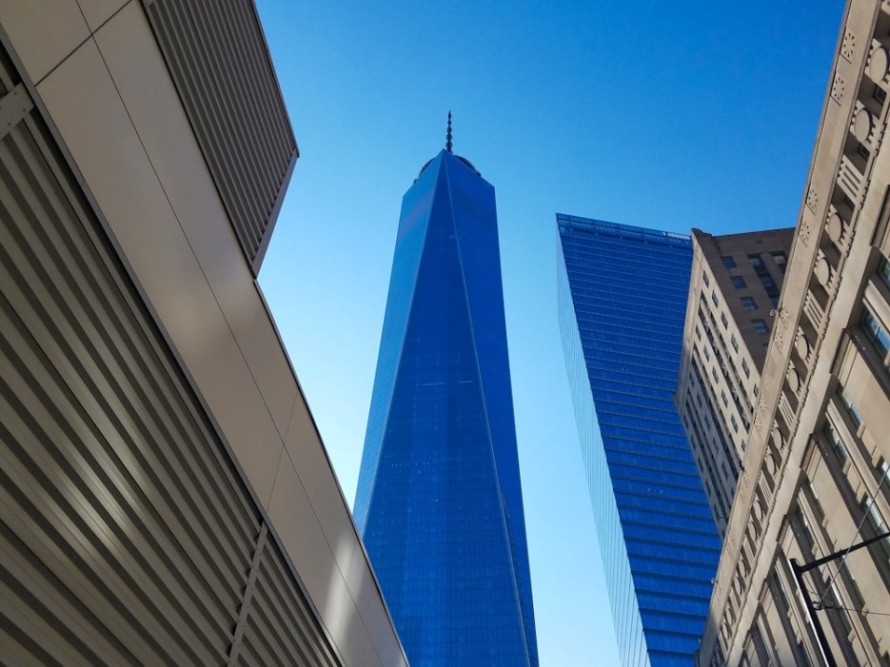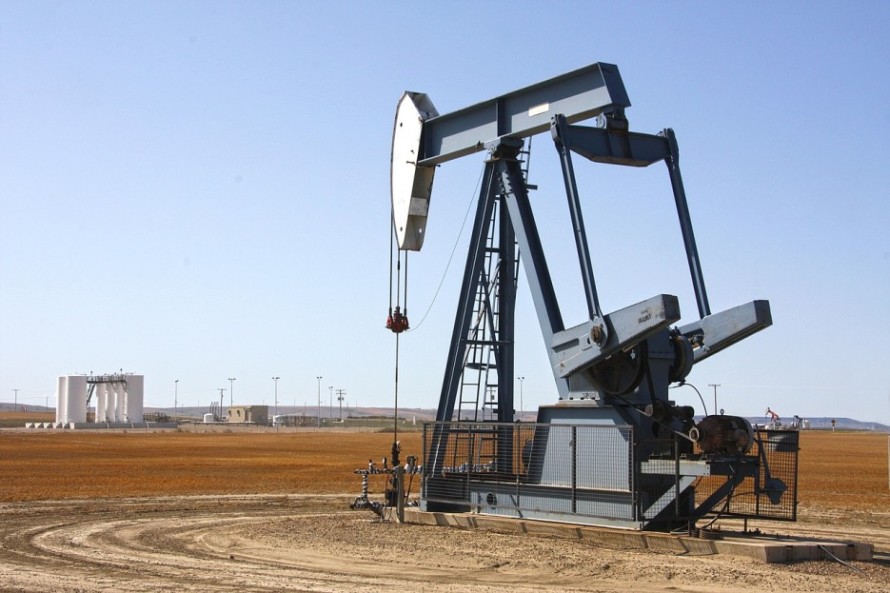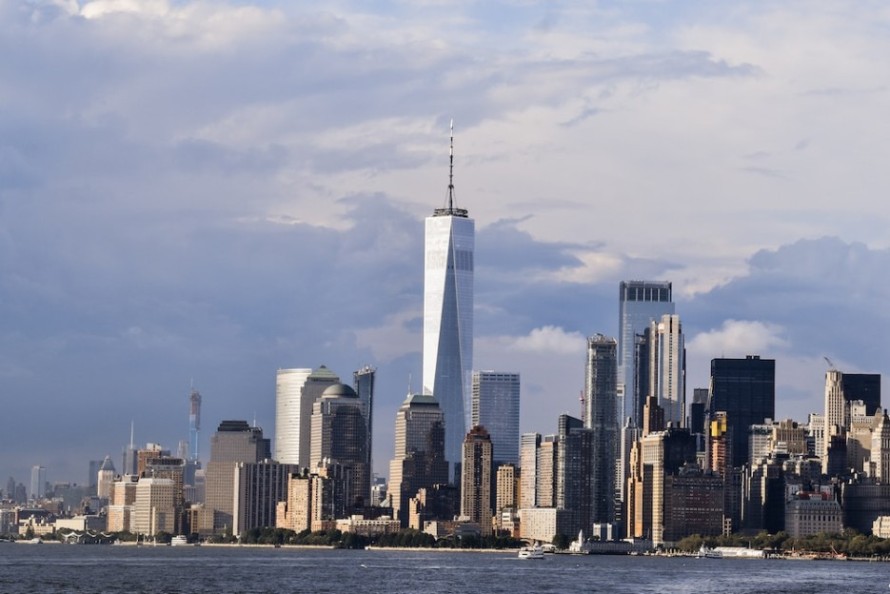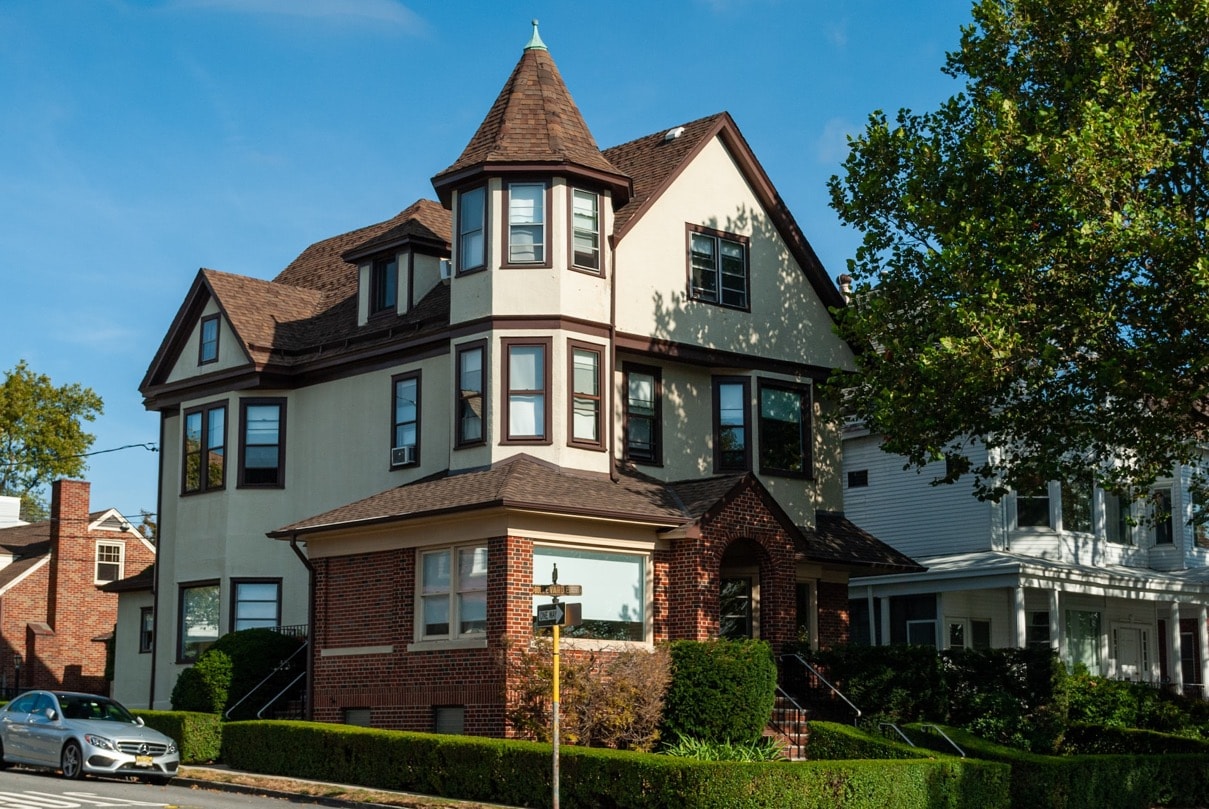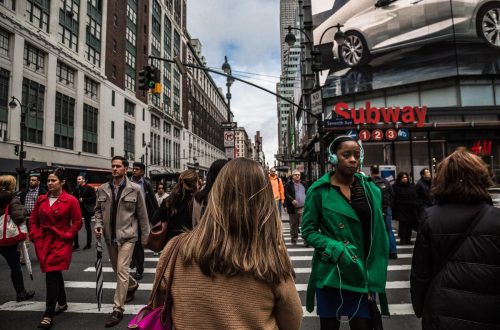
NEW YORK (WNI) — This week’s inflation data has revealed the U.S. is experiencing its fastest increase in consumer prices since February 1982. With Inflation climbing to 7.5% in January, the Bureau of Labor Statistics revealed a stark picture of high consumer demand and shortages of goods that have led to price increases.
With the pandemic’s impact on global supply chains still being felt, and economic activity picking up, there have been increasing shortages of supplies in a host of industries. From textiles to metals, fuel, building materials and a global chip shortage, consumer demand is far outstripping supply across the economy.
Among the most notable sectors to be impacted is the automobile industry where semiconductor and chip shortages are hampering manufacturers, and preventing new car production to meed demand. This has had an effect on second hand car sales, with prices rising 40% in a year as Americans experience a nationwide shortage.
Costs of fuel and building materials as well as a sharp rises in house prices have also contributed to the overall rise in inflation.
In their latest meeting, the Federal Reserve signalled that it would be raising interest rates in March, and analysts are predicting that interest rate increases will be more aggressive following the January data.
With inflation spiralling, the Federal Reserve have little choice but to tighten monetary policy as earnings get eroded and goods become increasingly expensive. However, despite the hot inflation figures, the U.S. economy added more jobs than expected in the final quarter of 2021, with a strong rebound set to continue into 2022.
